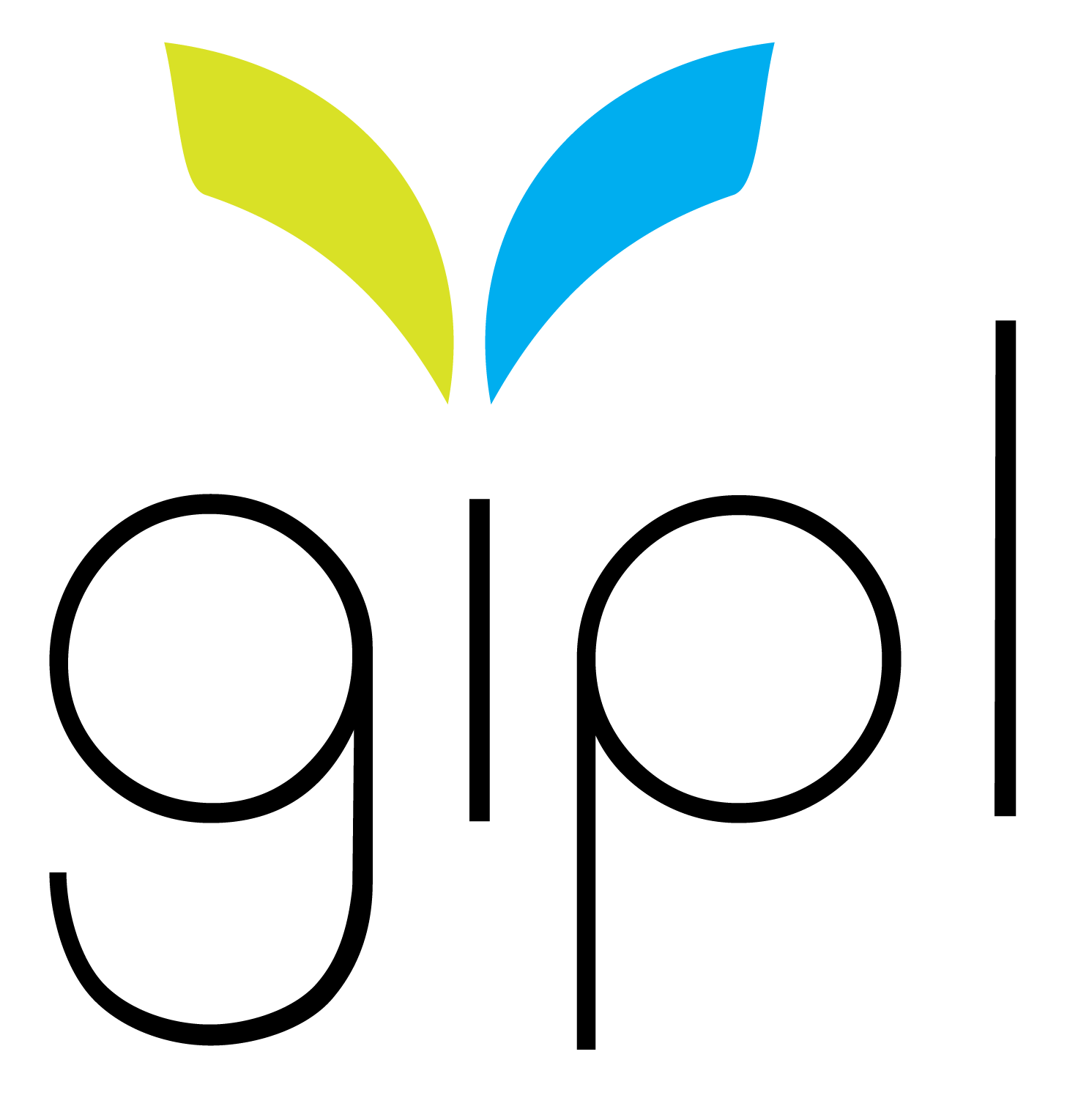A Tale of Two Plenaries: Reflections from COP28 UAE
Written by Rosaleen Xiong
This past December, I was lucky enough to attend the annual Conference of Parties (COP) established by the United Nations Framework Convention on Climate Change, which is the official body of the United Nations dedicated to making multilateral and worldwide progress on climate change. As a representative of Emory University (where I am currently a Master of Divinity student), the organization Emory Climate Talks was able to secure a badge for me as an observer of the proceedings. With both trepidation and excitement, I joined a group of twelve other students to fly halfway across the world to Dubai, in the United Arab Emirates. It was a jam-packed week with lectures, protests, speeches, interviews, and more, but I think my experience can be best summed up by two plenaries.
I attended the first plenary, a gathering of official government representatives from almost every country, on the first day I was at the conference. It was held in a cavernous room filled with government officials wearing pristine formalwear, and the speeches were exactly as officious as I expected the UN to be.
Photo from the first plenary at COP28 UAE
As they proceeded along using parliamentary procedure, I could not help but notice how sterile everything about the environment was, and I was particularly struck by how empty the words of the COP leadership were. The issues being discussed so dispassionately were matters of life and death for millions, if not billions, across the globe: droughts and floods and deforestation and extreme heat. For COP leadership, it seemed like these problems were not recognized as moral imperatives; they were secondary to the continued economic dominance of powerful nations, including my own.
I attended the other plenary, called the People’s Plenary, on my second to last day. Upon first glance, the room looked similar, with its green walls and white chairs. Looking closer, though, it was by far the youngest and most diverse room I had been in the entire week. The plenary was hosted as a collaboration between the Young People’s Caucus, the Indigenous People’s Caucus, the Trade Union Caucus, and more frontline communities. The presenters spoke of the genuine lived concerns of those most affected by the climate crisis. Just take a listen for yourself.
There was a clear moral call for climate action that was swift, just, and scientific. Being in that room gave me the hope, joy, and determination that I had missed in every other session I had attended that week — so it was crushing that the People’s Plenary had no direct power in the international policy negotiations that the entire UN meeting was structured around.
To me, these two plenaries were emblematic of the issues that pervade international climate policy. It was disheartening to see the different attitudes between those who had the power to make the decisions and those who represented the most vulnerable. Our work must be to hold the first plenary accountable to the second.
Frontline communities know better than anyone else the work that needs to be done to solve these crises, and their work forms the moral and spiritual backbone of the environmental movement. In particular, during my time at Georgia Interfaith Power and Light (GIPL), I have seen how religious communities, from the smallest temple in rural Georgia to the largest church in metro Atlanta, can come together and bring a moral challenge to their cities, state, country, and even the entire world.
Even when our work feels meaningless in the face of huge economic and social structures committed to maintaining the status quo on climate, what we do is prophetic! As communities of faith, we have a responsibility to continue being a moral voice in reminding the world what is at stake.
Join GIPL in taking action on environmental justice issues today by visiting gipl.org/action.


